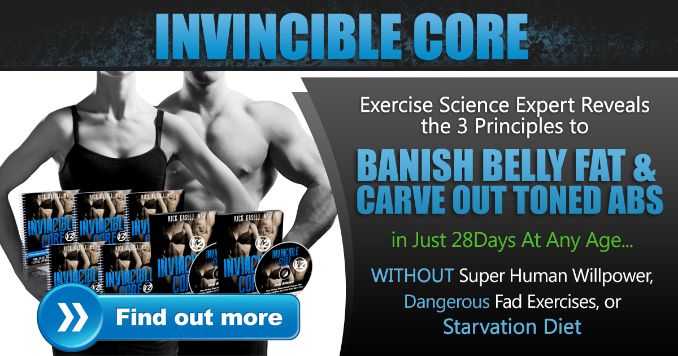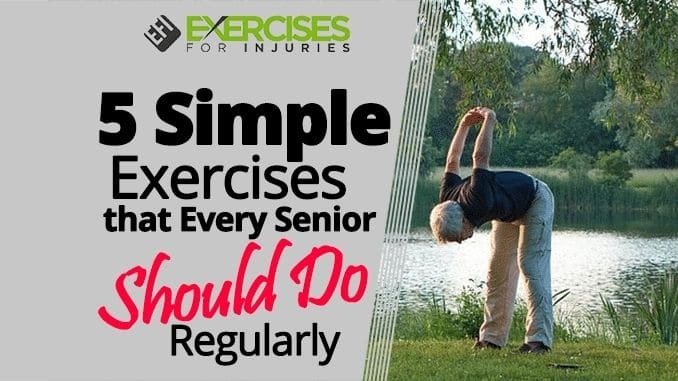
Staying physically active is important at any age. Studies show that exercises that every senior should do regularly helps the body fight depression, maintain an ideal weight and keeps the heart thumping longer. It’s true that everyone, from first graders to first-time grandparents, needs to move their bodies to stay healthy.
However, in looking at all of the seasons of life, it’s the season of the golden years that seems to be the most crucial time to make sure that regular physical activity is a top priority.
Little children normally get tons of exercise. They run from room to room, jump on the couch and ride bikes out front. Parents, of said children, are also busy. They’re busy cleaning up toys, climbing the stairs to put the action figures away (again) and chasing after unruly toddlers in the supermarket aisles.
Yet, many times, when people advance into their 50s and 60s, life starts slowing down, aches and pains are more prevalent, and it gets tempting to watch the evening news after work. Sadly, plunking down is pretty much the last thing older adults or any of us should be doing most days.
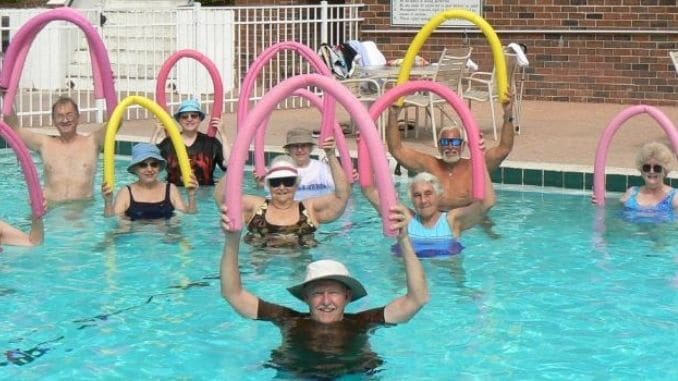
Moderate-intensity Aerobic Activity
The Centers for Disease Control and Prevention (CDC) recommends that older adults need at least two and a half hours of moderate-intensity, aerobic activity. Also, do each week or 75 minutes of vigorous-intensity aerobic activity.
Moderate-intensity aerobic activity includes brisk walking, doubles tennis, heavy cleaning, and the like. Vigorous intensity would be things like running, fast bicycling or singles tennis. On top of that, the CDC suggests that seniors also partake in muscle-strengthening activities that work all major muscle groups, on two or more days per week.
It sounds like a lot ― and it is. However, exercises that every senior should do regularly several times a week has huge benefits for seniors. First of all, range of motion exercises help people maintain independence and the ability to perform daily tasks without assistance.
Do you want to pour yourself a glass of milk? A full milk gallon weighs a whopping eight and a half pounds. Not exercising those forearms and wrists regularly could result in not being able to pick up and pour a gallon of milk. Do you need to replace a light bulb in the ceiling on a ladder? It isn’t going to happen unless you’ve been working on some balance training. Also, have the endurance to keep your arms above your head for a few minutes at a time.
We’ve compiled a list of five simple exercises that every seniors should do regularly | 404 to stay strong, svelte, and vibrant for years to come.
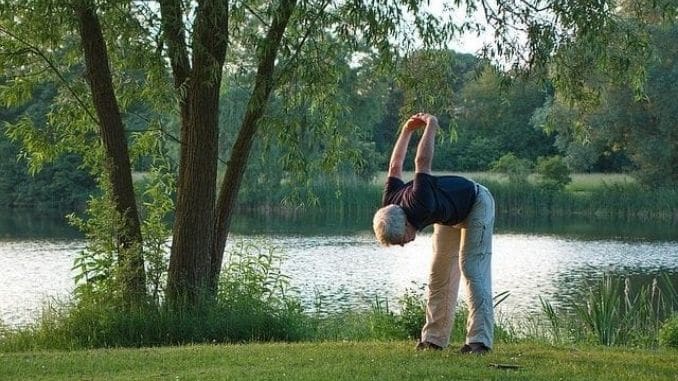
1. One-legged Balanced Clock
Standing upright, using good posture and looking straight ahead, place your hands on your hips and balance on one leg. Once you are steady, use your right arm as if it were the hand of a clock. You are at the center of the clock with 12 o’clock right above your head and 6 o’clock at your feet. Point your right arm up to 12 o’clock and hold it for 8 seconds. Move it slowly to your side (3 o’clock) and hold again for 8 seconds. Then, to 6 o’clock, across the body to the 9 o’clock position and back up to 12 o’clock ― holding each pose for 8 seconds. Then, switch arms and repeat. After that, switch legs and complete the exercise with each arm while standing on the other leg.
Make it easier: If you find it difficult to maintain balance at first, hold onto a sturdy chair with one hand and use the other arm as the hand of the clock. Begin by holding on with the palm of your hand. Then, try just holding the chair with two fingers.
Make it harder: If you’re rocking this exercise with ease, give yourself a challenge by practicing it with your eyes closed.
2. Tiptoe Cross
Balance on your tiptoes with your feet together. Lift your arms out and to the sides so that you’re standing, tiptoed in a cross position with your palms facing up. Pulse the arms up 1 inch and down 1 inch. Complete 10 repetitions. Then, turn your palms to face forward and pulse 1 inch backward and 1 inch forward. Complete 10 reps. Flip your palms to face the back and pulse 1 inch forward and back for 10 reps. Then, palms turned toward the floor, pulse up and down 1 inch for your final 10 reps.
Make it easier: It can be tough to stand on your tiptoes through the entire exercise. If you can’t maintain that posture, try standing tiptoed next to a desk or table, so that one of your thighs can rest against the table for more stability. If you’re still wobbly or your ankles get achy, go ahead and complete the exercise on flat feet, elevating to tiptoes from time to time for as long as you can.
Make it harder: If the tiptoe cross isn’t difficult for you at all, consider adding 1-pound weights in each hand while you pulse.
3. Chair Push-up
Find a sturdy chair with armrests and sit on the edge of the seat. With your feet about shoulder-width apart and your back straight. Hold on to the armrests with your hands and use your arms ― not your legs ― to push yourself out of the chair until your arms are straightened fully. Hold for 2 seconds, and then lower yourself back into a seated position. Do 10 reps.
Make it easier: If you have trouble putting all the weight on your arms, then use your legs some as well. Try to balance the weight equally between the arms and legs. Each time you complete the exercise. Try to use your arms more and your legs less when you lift your body from the chair.
Make it harder: Feeling like this one is a breeze? Try the exercise just as it’s written above, but with one leg about 5 inches off the floor the entire time. Complete 10 reps, then switch elevated legs and do another set.
4. Half Squat
Stand behind a sturdy chair with one hand on the back of the chair and your feet slightly more than shoulder-width apart. Keep your back straight and bend the knees into a partial squat comfortably and without pain. Use your hips and knees together as you squat down and make sure your knees don’t stick out over your toes as you squat. Exhale as you bend your knees and breathe in as you stand upright again. Complete 10 to 12 reps.
Make it easier: If you feel any pain at all, during the exercise, adjust your form and don’t squat as deeply. Also, you can put both arms on the chair, instead of one arm, to make this exercise a bit easier.
Make it harder: If you want to take this squat to the next level, ditch the chair and opt for a half squat with your back against the wall. Stand against a wall lightly and keep your legs about shoulder-width apart. Bend at the knees while you slide your rear end down the wall. Again, the knees should not stick out farther than your toes. You should feel a comfortable stretch rather than pain. Hold the squat for about 3 seconds, then raise yourself slowly. Complete 10 to 12 reps.
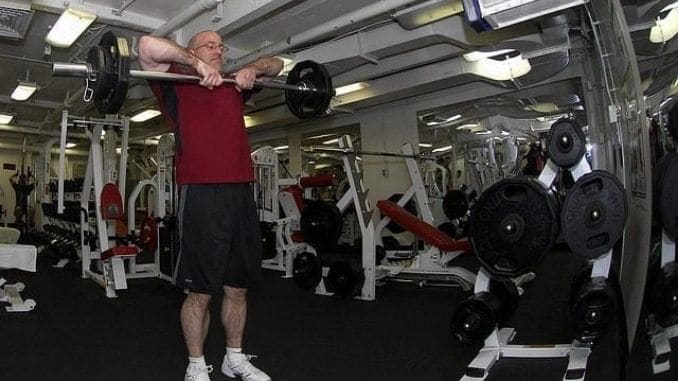
5. Shoulder Raises
Use 1- or 2-pound weights for this exercise ― one in each hand. Stand with your feet shoulder-width apart, your back straight and palms facing the floor. With a slow and controlled motion, lift your arms, together and straight out in front of your body. Until they are at a 90-degree angle and fully extended. Hold for about 1 second, then slowly lower your arms back to the sides. Complete 10 to 12 reps.
Make it easier: There are a few options to make this exercise a bit easier, if necessary. One way to decrease the workload here is to eliminate the hand weights. And, do the same motions slowly and controlled. Another option is to use the hand weights but complete the exercise while standing with your back against a wall. A third suggestion is to both eliminate the hand weights and stand against the wall while performing the motions.
Make it harder: Need a little more of a challenge? Perform the exercise as written above. However, instead of holding the final position for 1 second. Hold it for 3 seconds before you lower your arms back down slowly to your sides. You can also opt for heavier hand weights to increase the difficulty a little.
Making the Commitment
The CDC recently published a study that shows 61 percent of older adults have trouble performing basic movements. Such as reaching for a bag of flour in the pantry or picking things up off the floor. Failure to strengthen muscles and practice range of motion exercises will surely result in muscle atrophy and an ultimate loss of independence and mobility.
Rather than let mobility decline, commit to staying fit and well in later life. Some active seniors are finding they feel stronger and more empowered at age 67 than they did at 37. Unless someone finally discovers the Fountain of Youth, we’re all going to need to keep exercising.
If you are looking for a resource that will help you reach your goals starting today and allows you to continue to take advantage of the program’s value until in your 70s or 80s, then check out the Invincible Core system, here!

